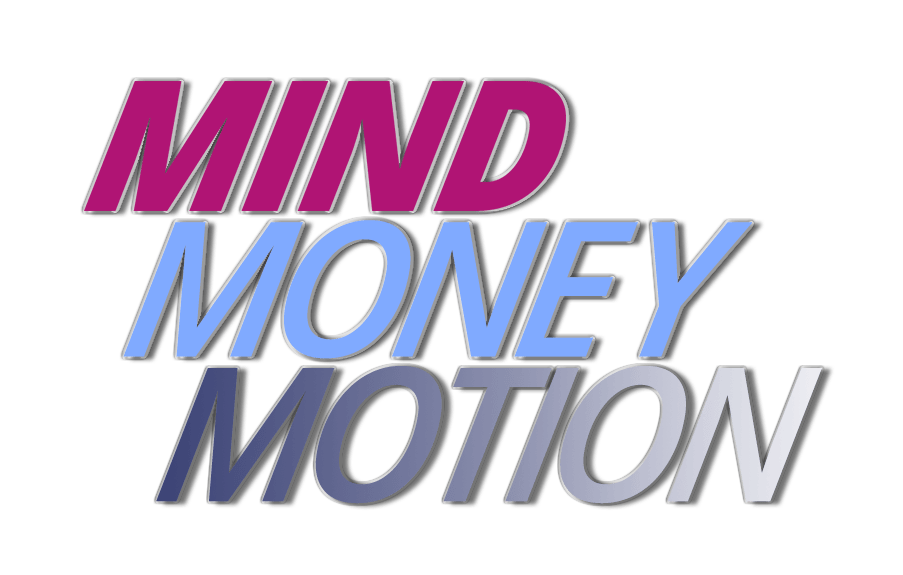Are you sick of it yet… all the tips and tricks for making New Year’s Resolutions? And at the same time, all of the depressing stats on how quickly we fail (by mid-January!) at keeping those resolutions? Don’t get me wrong. I am a huge fan and believer in being intentional about starting the year with efforts at improving some aspect of life. But maybe there is a better approach – Planuary!
More Flexibility
“Planuary” is a term that seems to have picked up in popularity over the last couple of years. It playfully combines “January” and “plan” to create a word that implies a planning theme for the first month of the year. I love the flexible and ongoing aspect of that idea. The hardest part remains, however, and that is getting started.
Getting Started
One acronym motivates me to take action because it really says it like it is: IYADWYADYAGWYAG (If You Always Do What You Always Did, You Always Get What You Always Got). In other words, if you don’t make a change, nothing changes (or improves!). So let’s get started!
The most common areas we want to improve are diet, exercise, and finances. No matter which one you tackle, coming up with a plan to implement over time will result in more success than trying to do it all cold turkey in a day or two. And then there’s the whole idea that it takes 3+ weeks to turn an action into a new habit.
Breaking It Down
So planning needs to involve beginning with the end result identified, breaking that into small steps, and then writing them down within a timeframe. You are kind of backing into the goal by breaking it down into doable actions over a realistic period of time. There is a variety of tools out there to help with that process. Sounds so simple, doesn’t it?
Tools to Use
Being in the financial industry, I want to share some tools for planning to improve your finances. From my experience, having your financial house in order is the foundation for making wise financial decisions so that is my recommended theme for everyone to start with. Once you see and know what you have, it becomes clearer what you need to improve and do next.
A Calendar
January, or whatever month you start this planning to get your financial house in order, is a great time to fill in a new calendar for the year to schedule your plan of attack. The Financial Awareness Foundation created a free Financial Planning Calendar for exactly that. It gives pre-filled suggested actions and leaves blank lines for you to add your own.
This planning calendar is broken down by months of the year so you can space out your efforts to be accomplished reasonably over time. And it helps avoid overwhelm since each month you are only looking at the tasks for that month, not focusing on the full list for the year. If you are looking for specific personal finance action items that are timely to different months of the year, Schwab has a recent article with several ideas as well.
A Master Checklist
Another option is to work with how our brains work naturally. Our brains seem to do best in remembering and avoiding overwhelm by keeping our focus to no more than three things at a time. So that is the philosophy behind my Money Makeover Checklist, another planning approach to getting your financial house in order. There are three tasks to complete each month. And you might even have some of them already completed so your homework may only be one or two actions each month!
A Bundle of Fill-in-the-Blank Checklists
And if you find checklists to be super helpful, my Everyone Bundle includes dozens of checklists and fillable PDFs to help you get your financial house in order with the goal of getting your estate planning complete and ready for life’s unexpected events. We all have an expiration date, but we don’t know when it is, so it’s wise to prepare!
Workbooks
Or if you prefer a fill-in-the-blank workbook approach, there are several out there to choose from. A shorter version is Getting Your Life Together Organizer written by a professional organizer or a more comprehensive version is And Then There Was One written by a widow who wrote it in hindsight (what she wished she would have had in place).
Good Ole Stikee Notes
One last resource I came across is super helpful for many planning efforts. Whether you focus on diet, exercise, or some other aspect of living a healthier lifestyle, you will love these too. Post-it notes! Not your everyday yellow or neon-colored Post-it notes. Post-it brand actually has note pads that are designed for helpful planning things like:
- Make it a Habit – and there is space to list the habit at the top with 31 circles underneath to check off the days of the month that you accomplished that habit.
- Today’s Top Three – three boxes are listed for you to fill in your top three tasks to complete today. There’s that brain science about focusing on no more than three things at a time again!
- What’s Cooking – you enter the weekly date at the top, then Monday-Sunday is listed down the side and Breakfast, Lunch, and Dinner are the headings across the top. Menu plan for the week with room for notes at the bottom, all on a 4 x 8 stikee note!
What Are You Waiting For?
The wisest aspect of the “Planuary” concept is that your effort is an ongoing process that allows you to start with a plan that can evolve over time as needed. Remember, IYADWYADYAGWYAG. So what are you waiting for?
Let’s Have a Conversation:
What planning tips or tools have you used? What’s your motivation as we start a new year? Anything to share with our community?
Marie Burns is a Certified Financial Planner, Speaker, and Author of the bestselling Financial Checklist books. Find Marie on Facebook or contact her at Marie@MindMoneyMotion.com
This article was first published at 60 and Me – a community that helps women over 60 live happy, healthy and financially secure lives.

